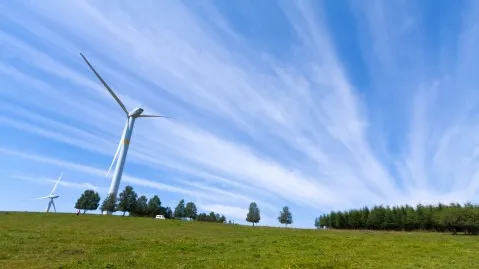
India to cut up to 35% greenhouse gas emissions
The country aims 40% installed capacity from non-fossil fuel resources by 2030.
India is taking measures to become self-reliant in its goal for pollution-free power generation, freeing the country from coal and other polluting elements.
The country commits to cut its greenhouse gas emissions intensity of its gross domestic product by 33% to 35% by 2030 from 2005 levels. Further, it aims to achieve about 40% of its cumulative electric power installed capacity from non-fossil fuel-based resources by 2030, as stated in a report by India’s Press Information Bureau.
The report further states that thermal power plants are taking various measures like upgrading of electrostatic precipitators, installation of flue gas desulfurization system, and combustion modification to comply with the suspended particulate matter, SO2, and NOx norms.
The government of India has set a target of 1,75,000-megawatt (MW) installed capacity from renewable sources by the end of 2021-2022 which includes 1,00,000 MW from solar, 60,000 MW from wind, 10,000 MW from biomass, and 5,000 MW from small hydro.
Also, conventional power generation capacity to be commissioned by 2024 to 2025 is at various stages of construction in the country which includes thermal 36,765 MW, hydro 10,164.50 MW, and nuclear 4,800 MW.
By now, India’s installed generation capacity is 384115.94 MW comprising of 234058.22 MW of thermal, 46322.22 MW of hydro, 96955.51 MW of renewable energy sources and 6780 MW of nuclear, the report said.








![Cross Domain [Manu + SBR + ABF + ABR + FMCG + HBR + ]](https://cmg-qa.s3.ap-southeast-1.amazonaws.com/s3fs-public/styles/exclusive_featured_article/public/2025-01/earth-3537401_1920_4.jpg.webp?itok=WaRpTJwE)
![Cross Domain [SBR + ABR]](https://cmg-qa.s3.ap-southeast-1.amazonaws.com/s3fs-public/styles/exclusive_featured_article/public/2025-01/pexels-jahoo-867092-2_1.jpg.webp?itok=o7MUL1oO)









 Advertise
Advertise


